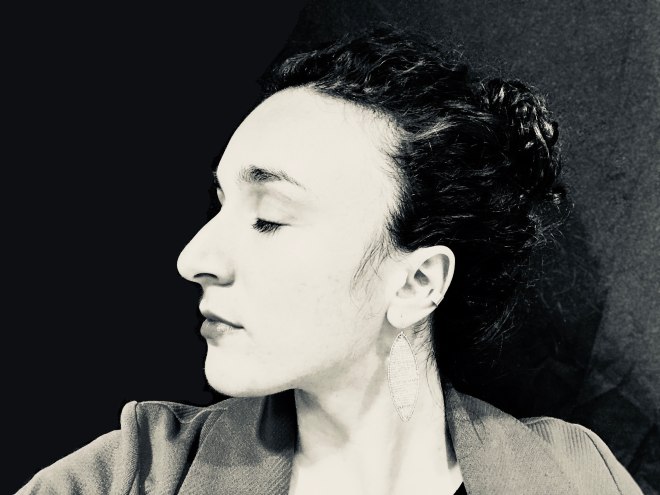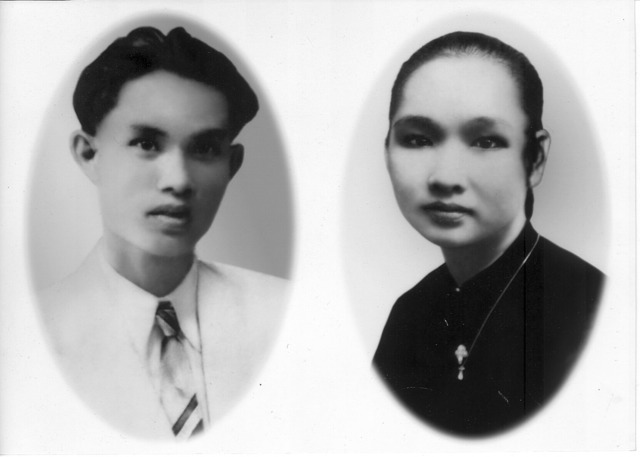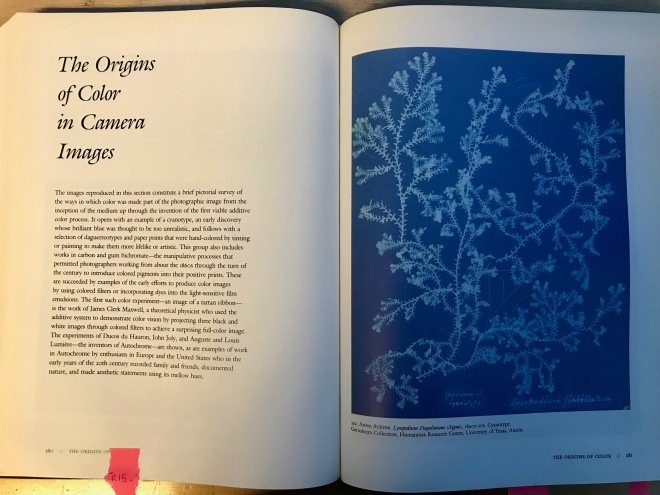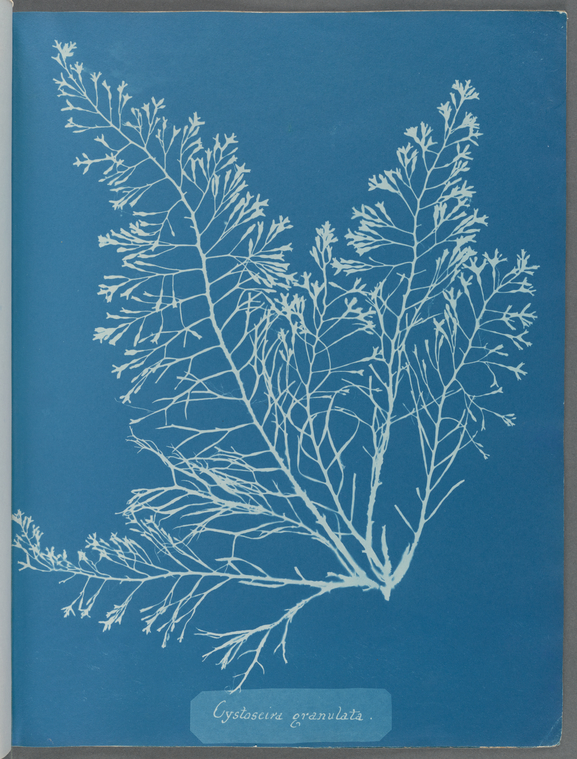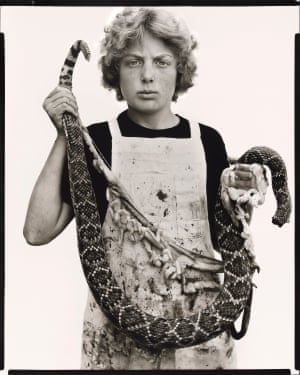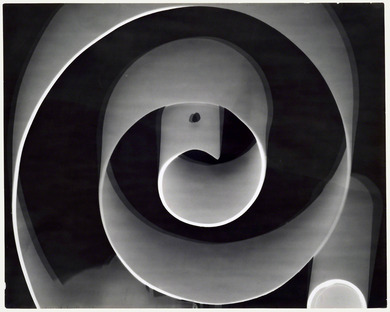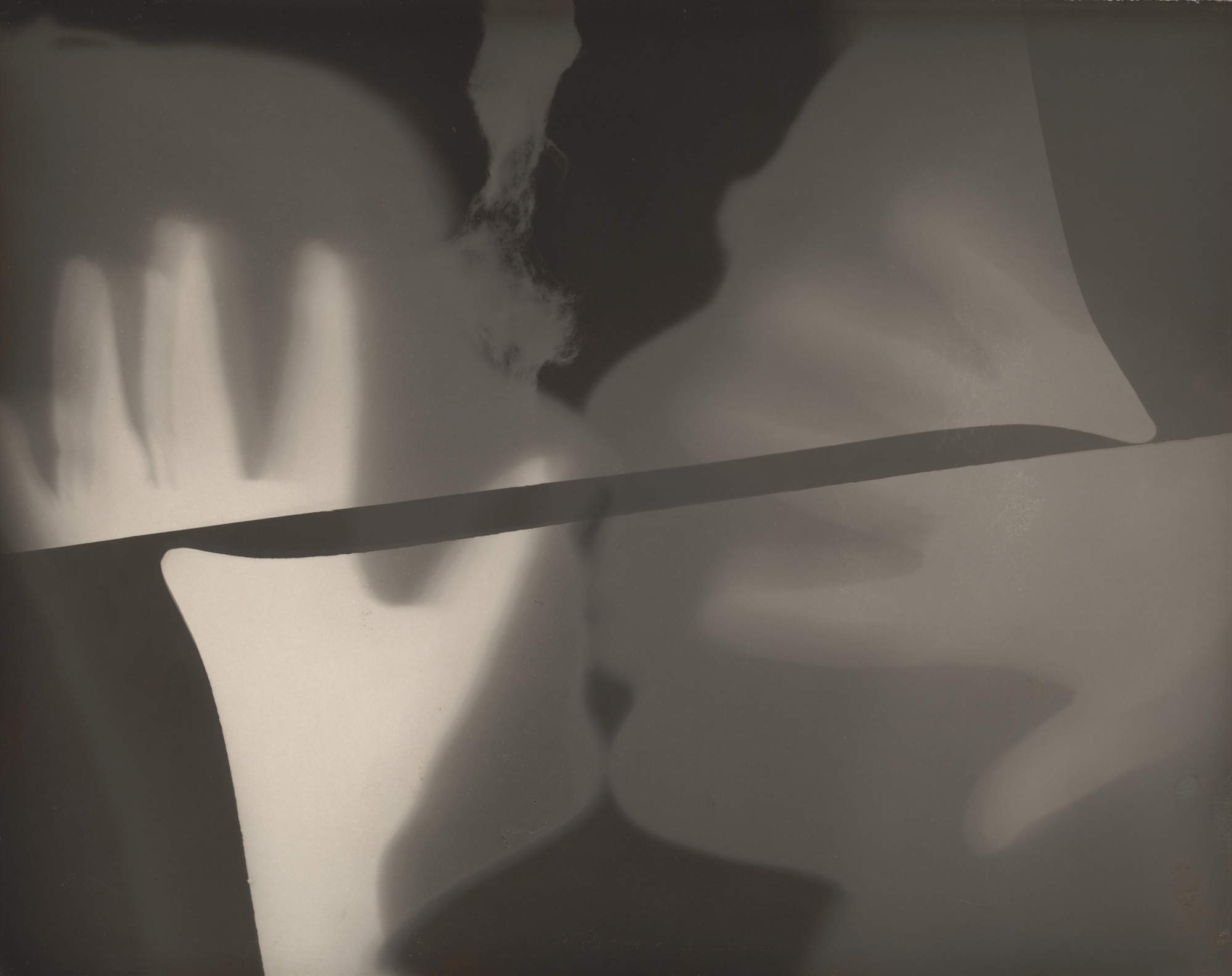Here are two self-portraits taken by Robert Mapplethorpe. The first is from 1980. In this image, Mapplethorpe blurs the line between male and female. He appears topless, with long hair that is carefully curled. He’s wearing make-up. In this image, Mapplethorpe problematizes hard lines between masculine and feminine identities, and plays up his feminine side. In this way, he shows that gender is societally constructed. Rather than being binary, gender exists along a spectrum.

The second self-portrait, taken in 1988, is markedly different in tone. At this time, Mapplethorpe was diagnosed with AIDS. He died about a year later. When he took this image, he knew that his life was ending. I admire the boldness of the shot. Mapplethorpe uses his camera to focus on the skull of his cane, leaving his own, human shape, slightly out of focus in the background. While he still appears composed and in charge of his own life, the image gives insight into how much the complications due to AIDS have weakened him. It is chilling, to say the least. When I look at these images, I find myself daydreaming about the work that Mapplethorpe might have created if he were still alive.



